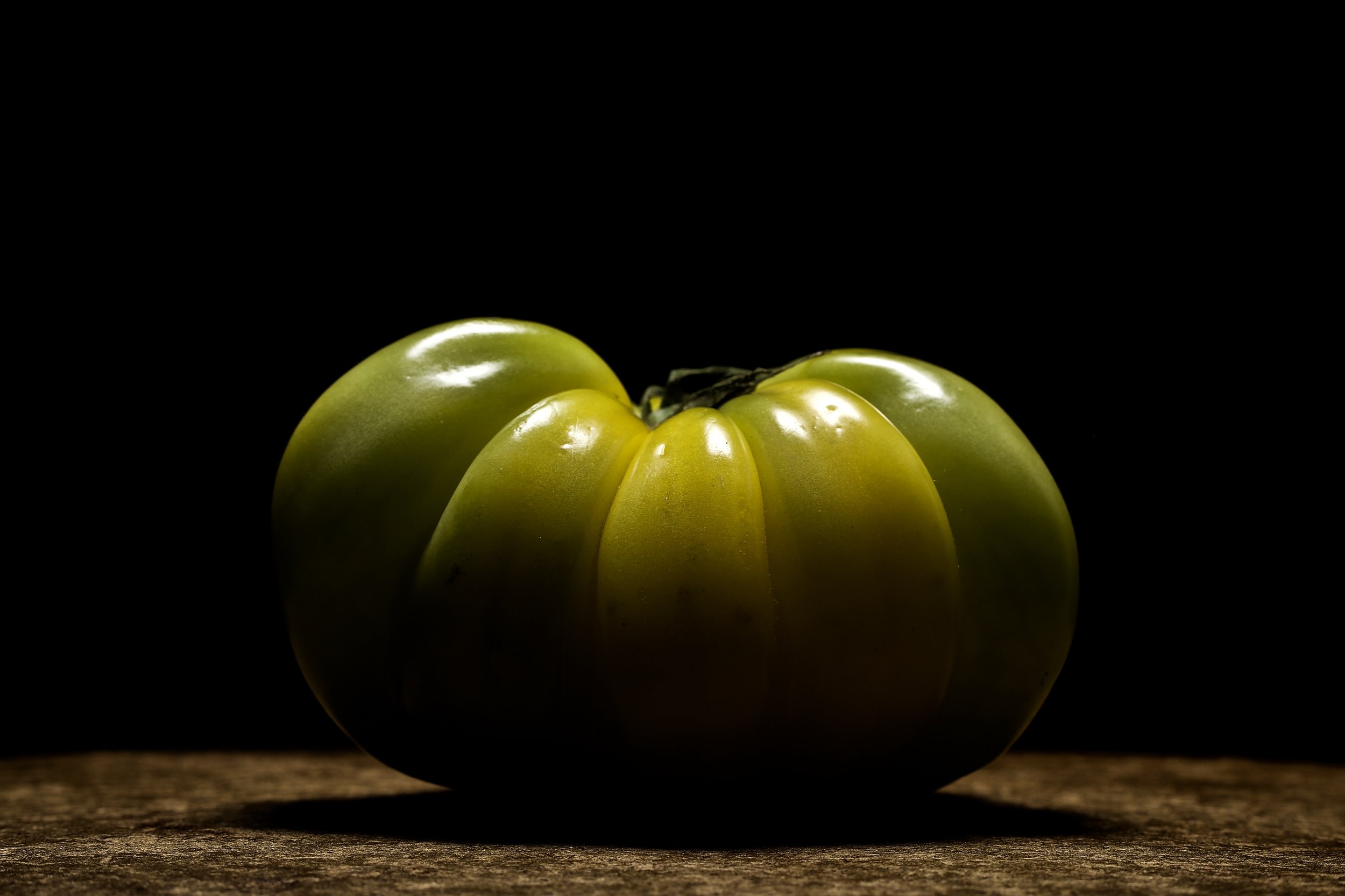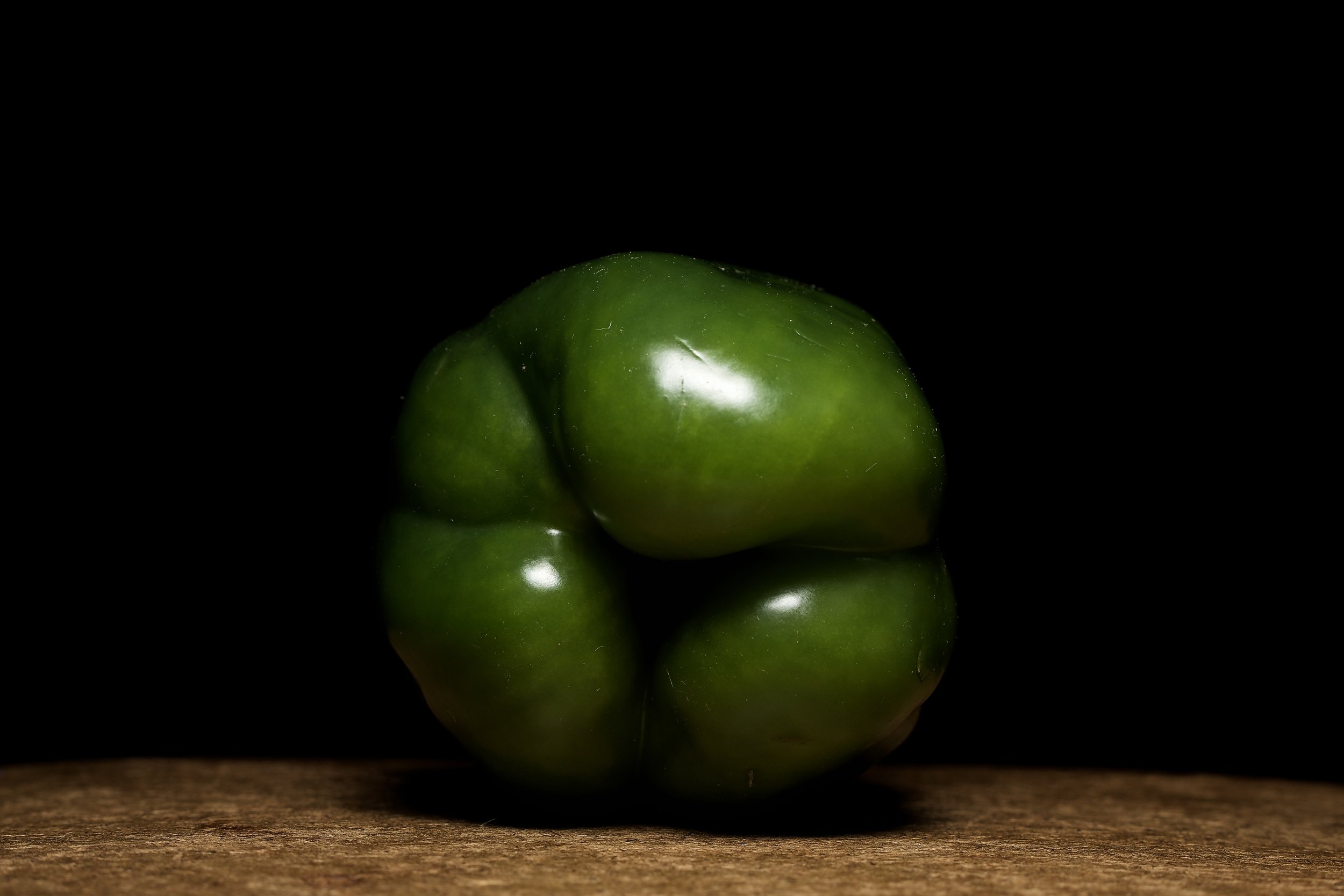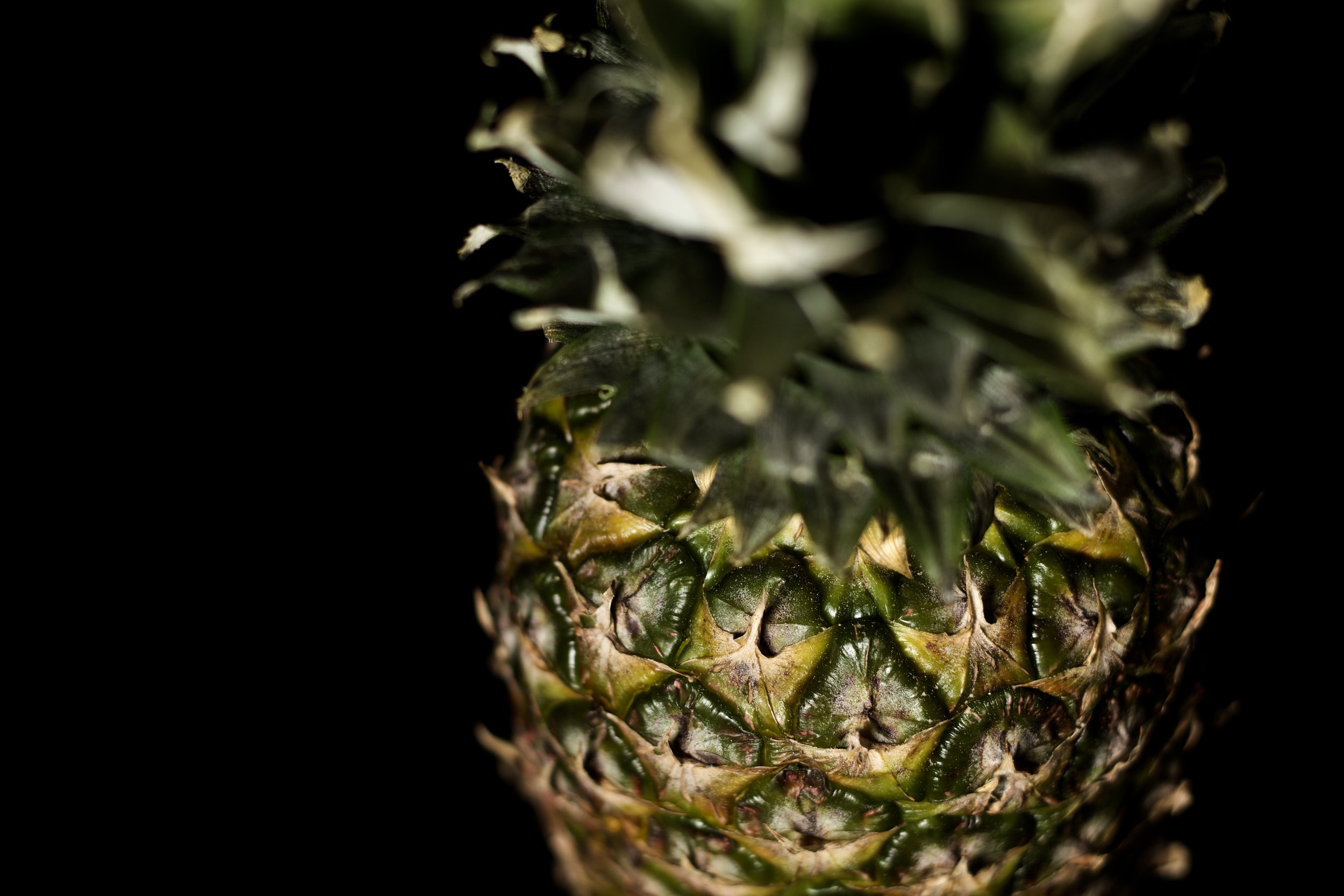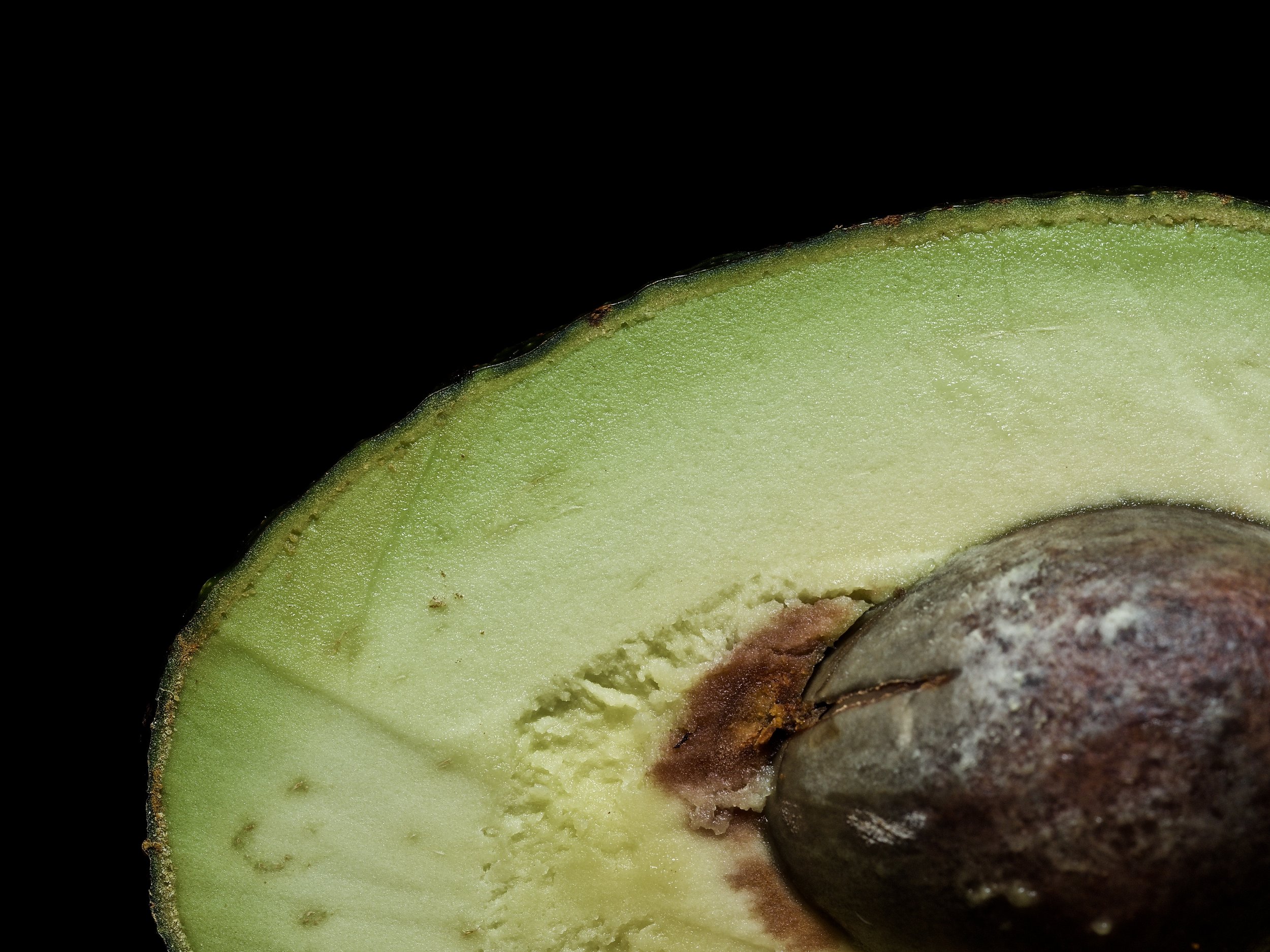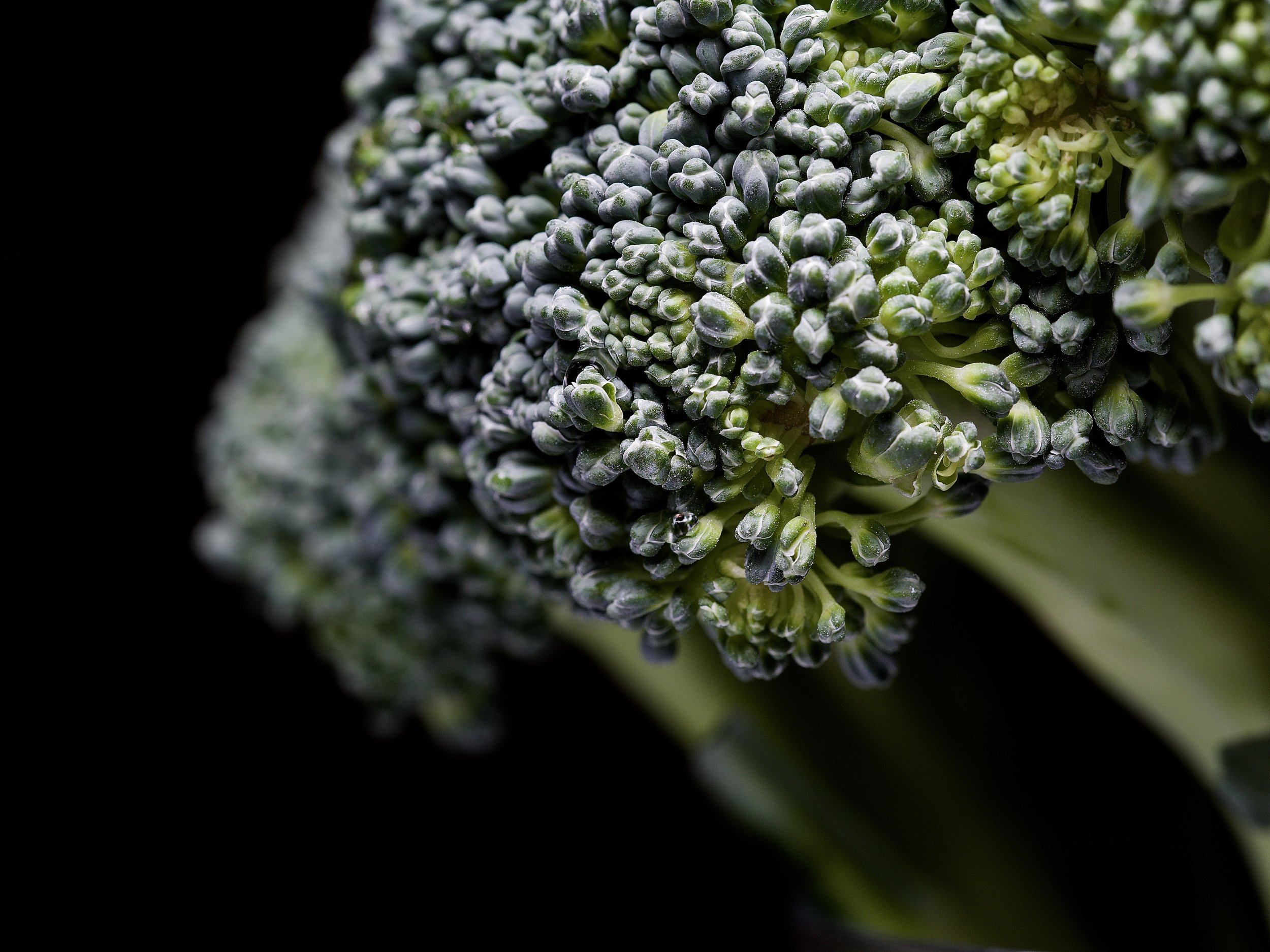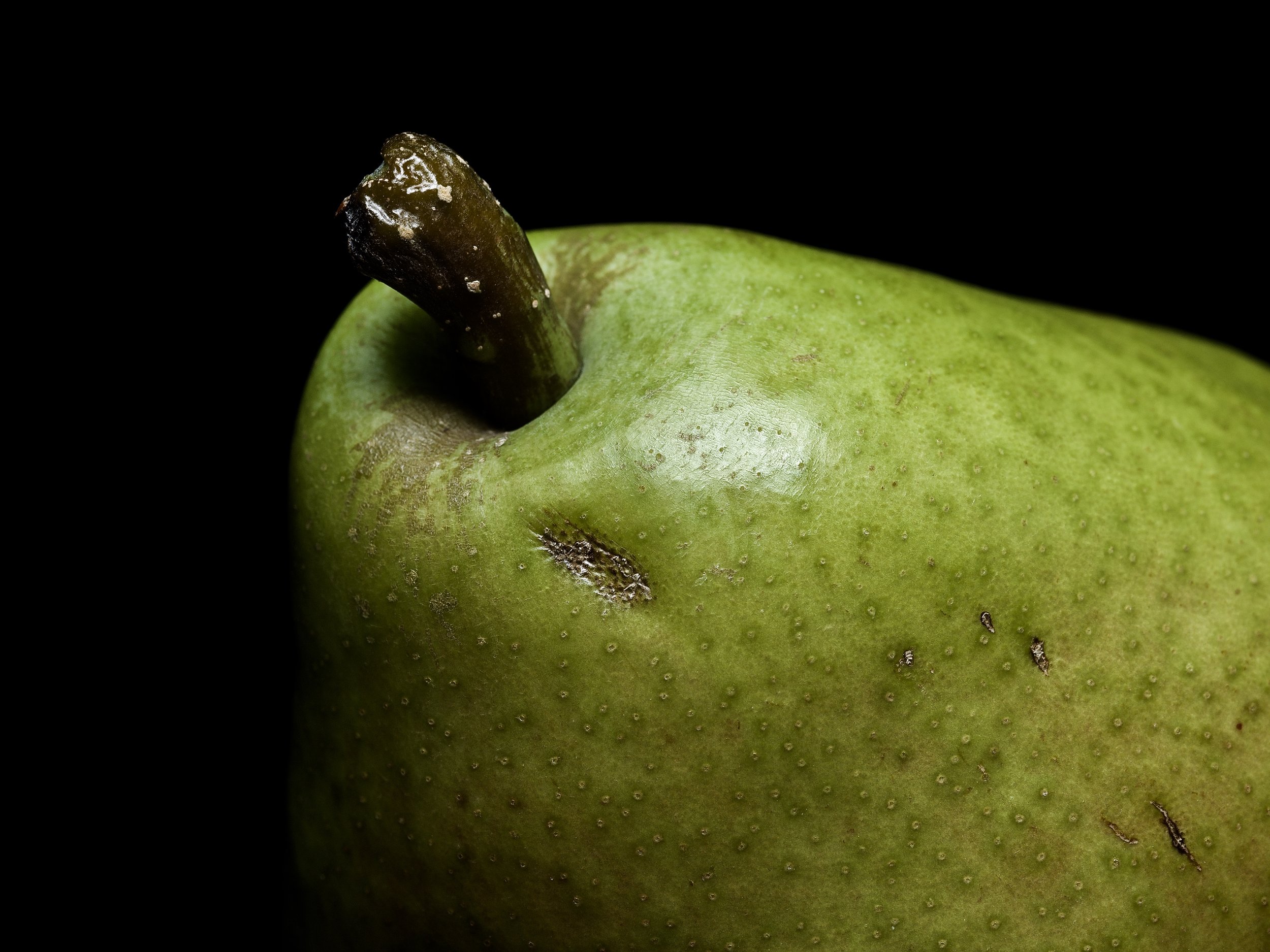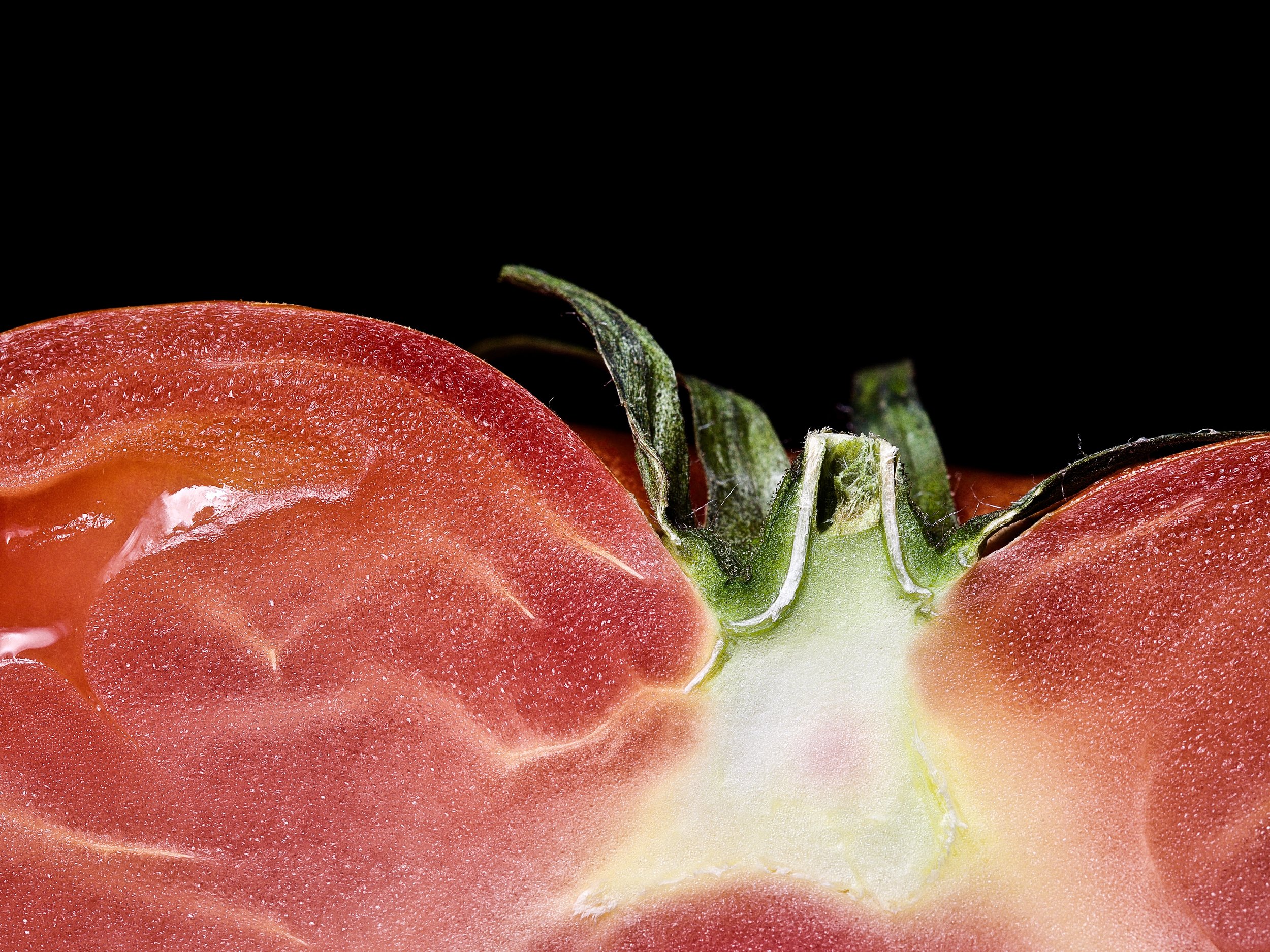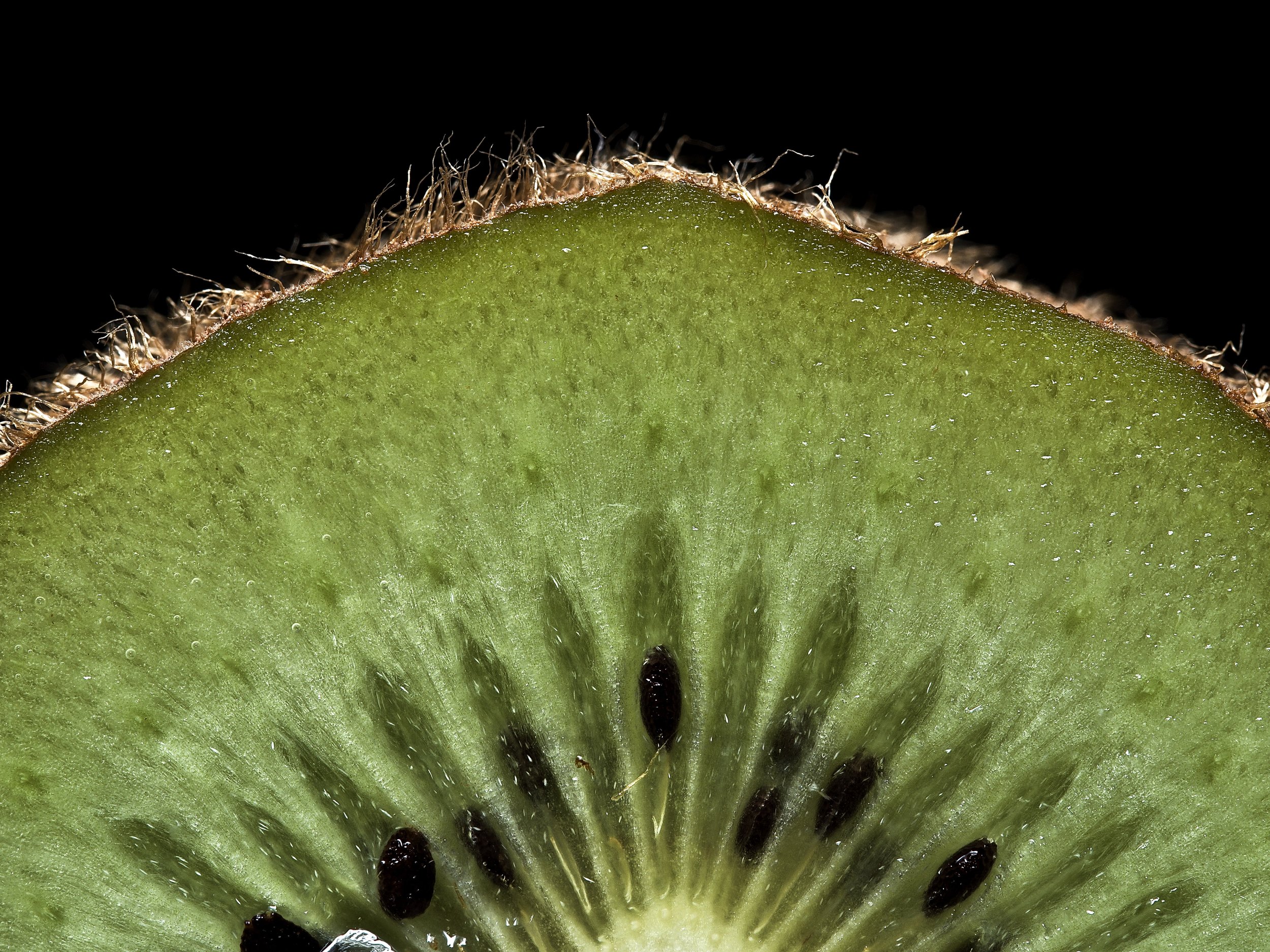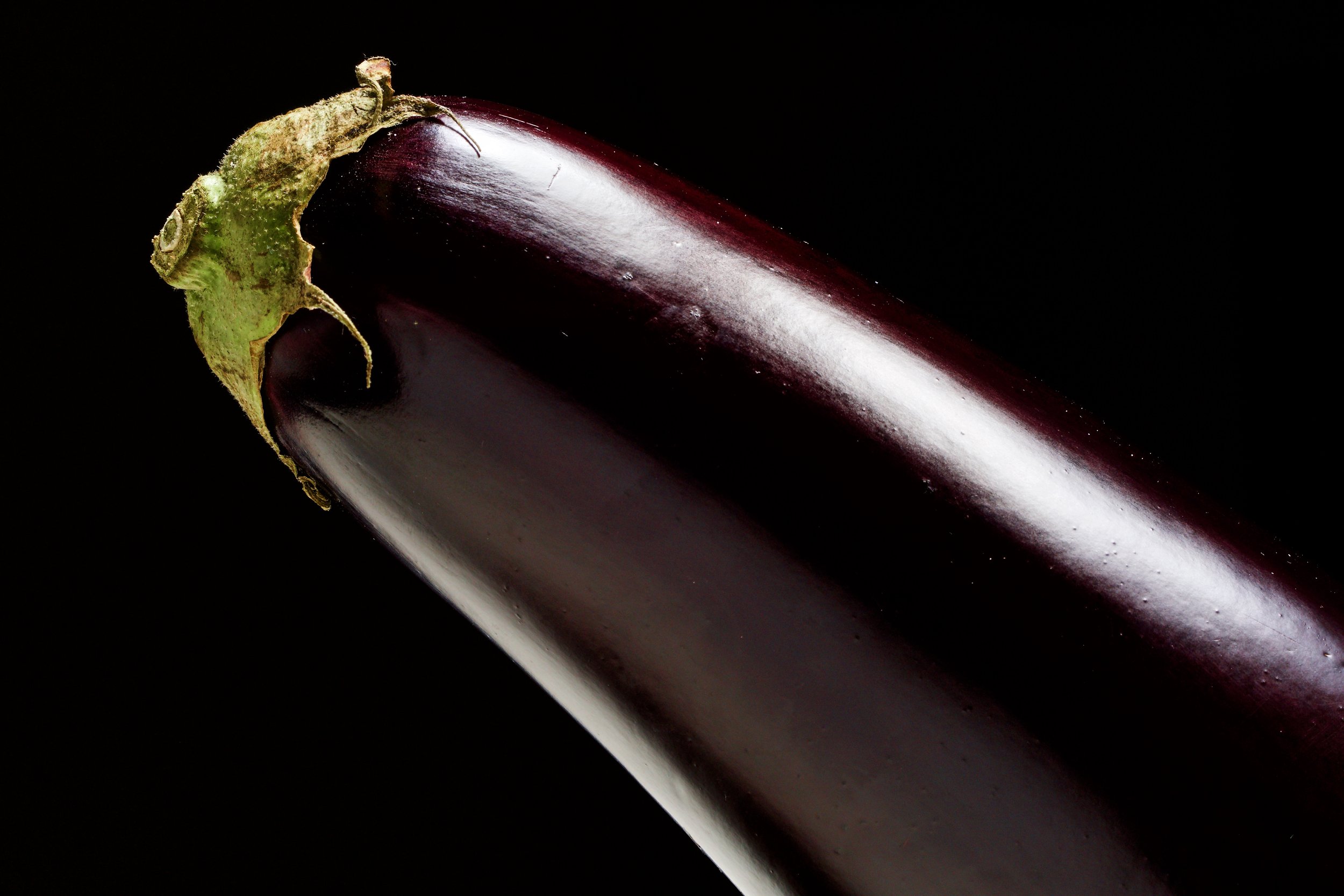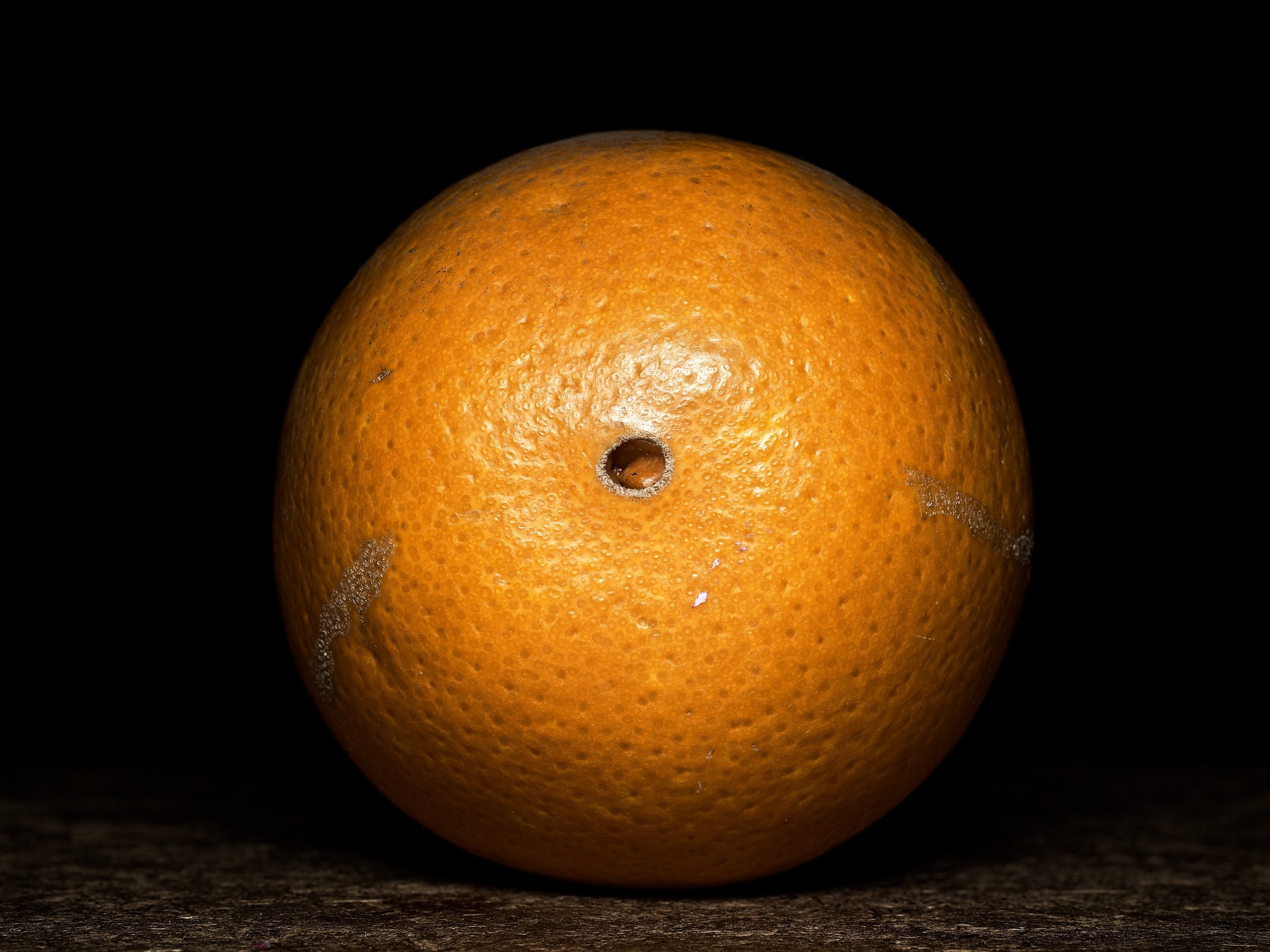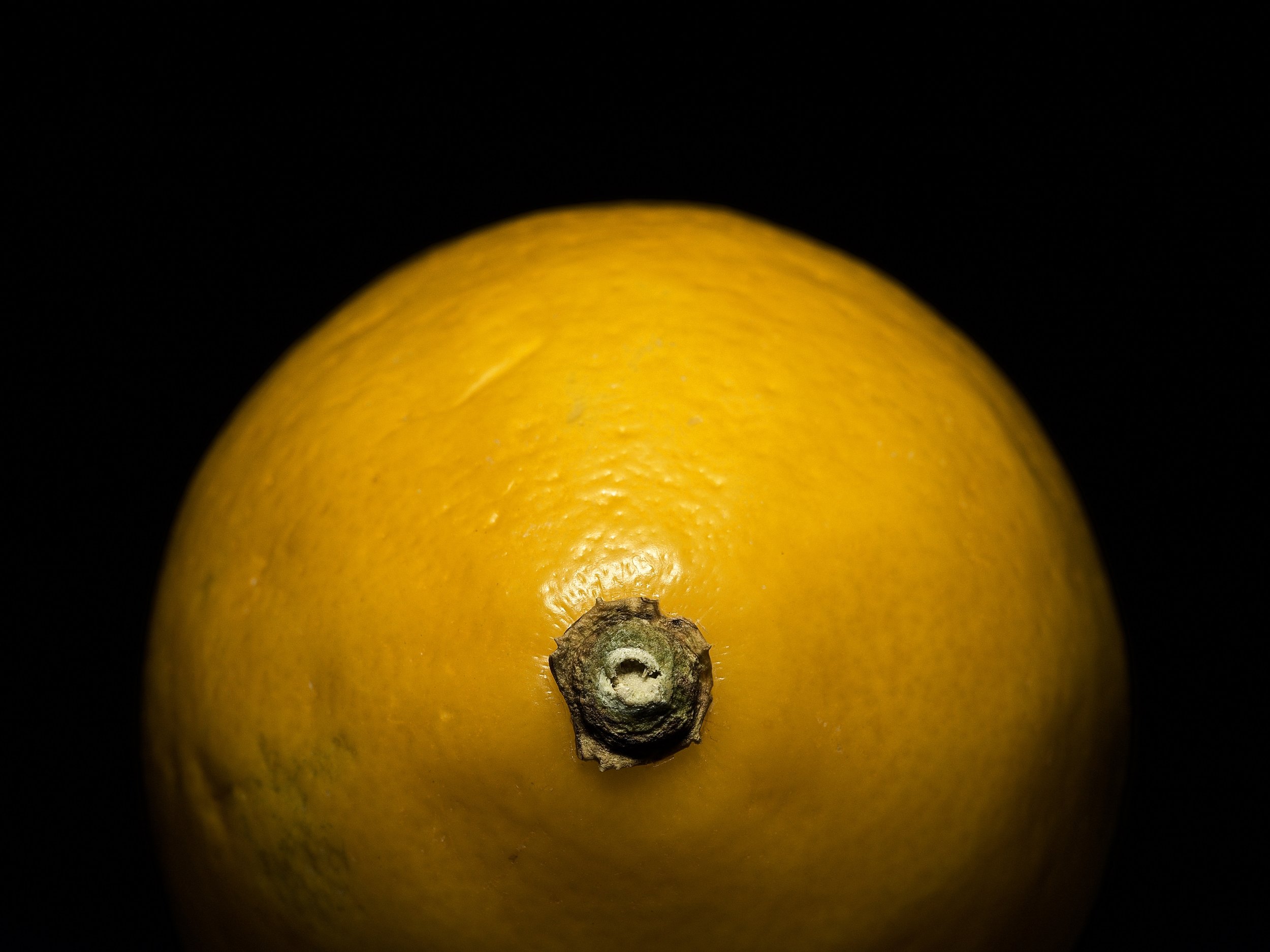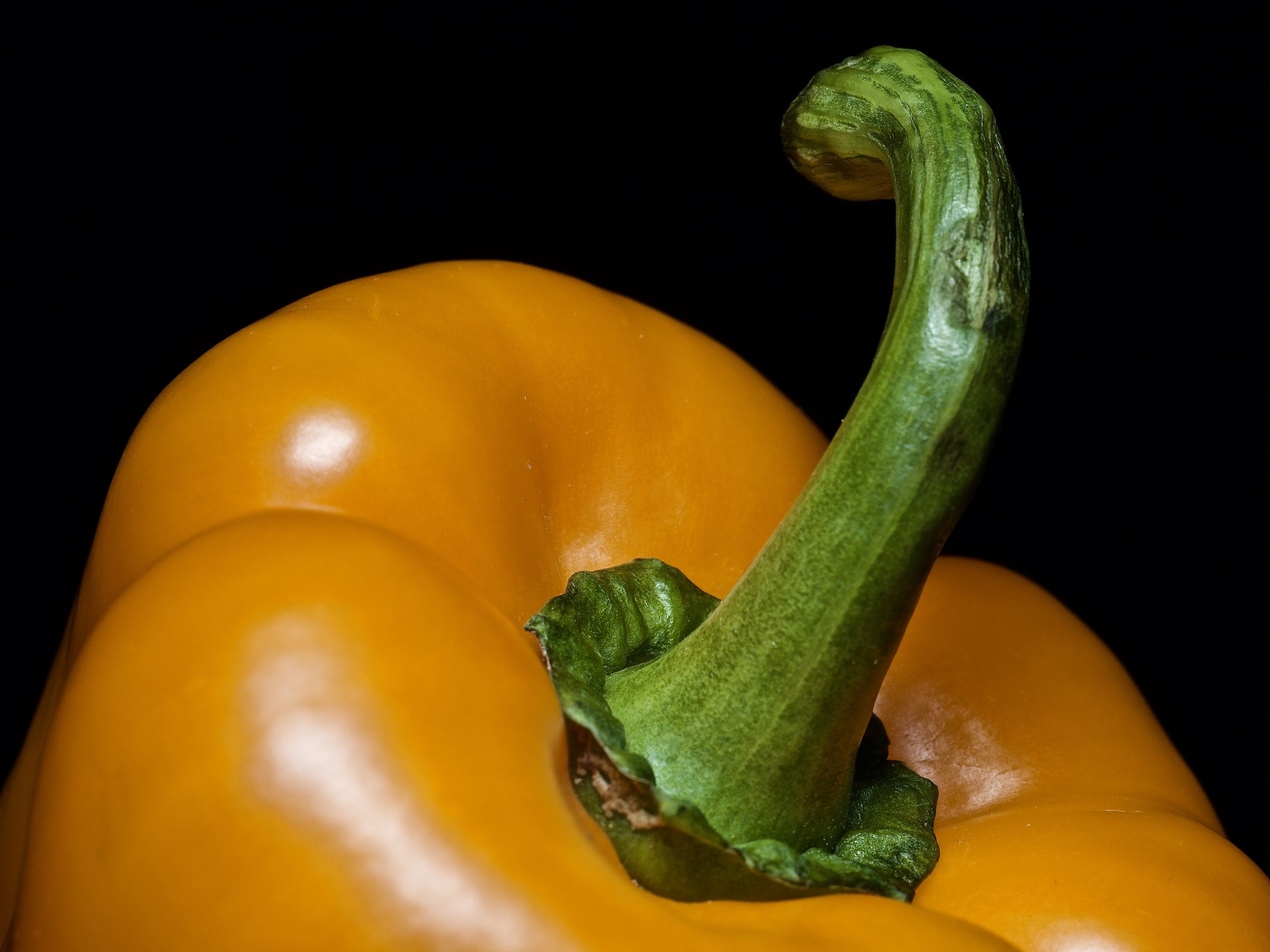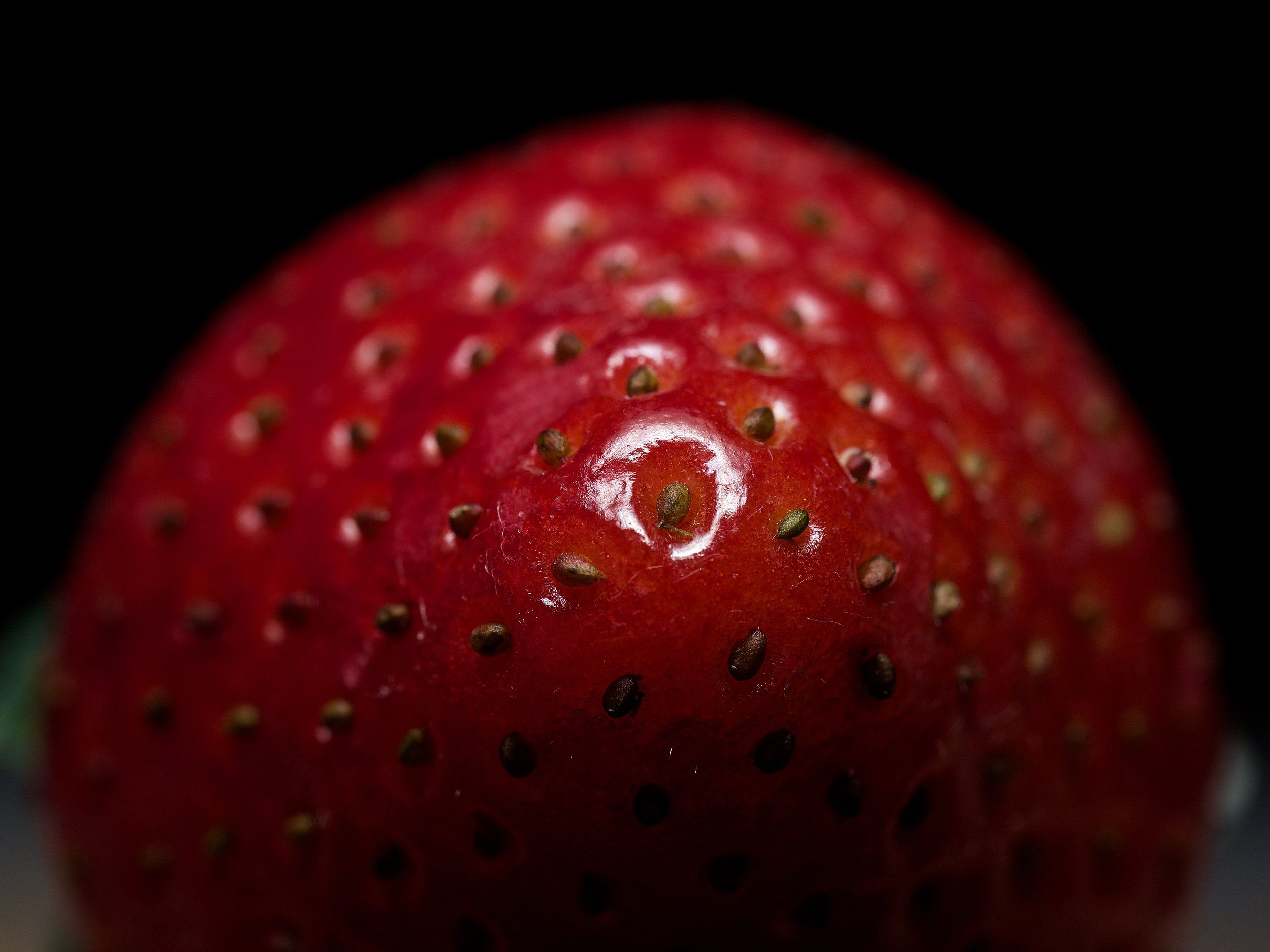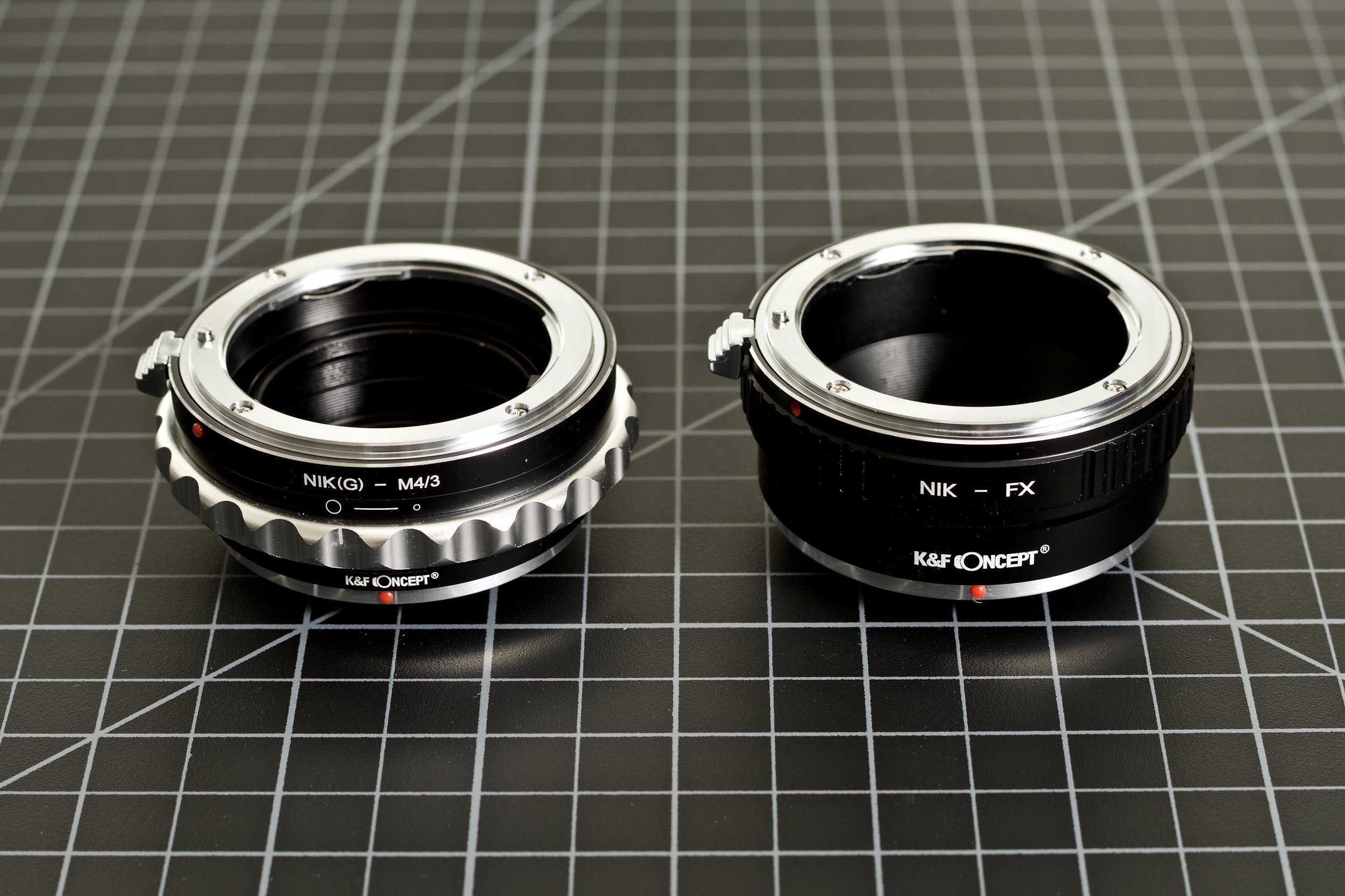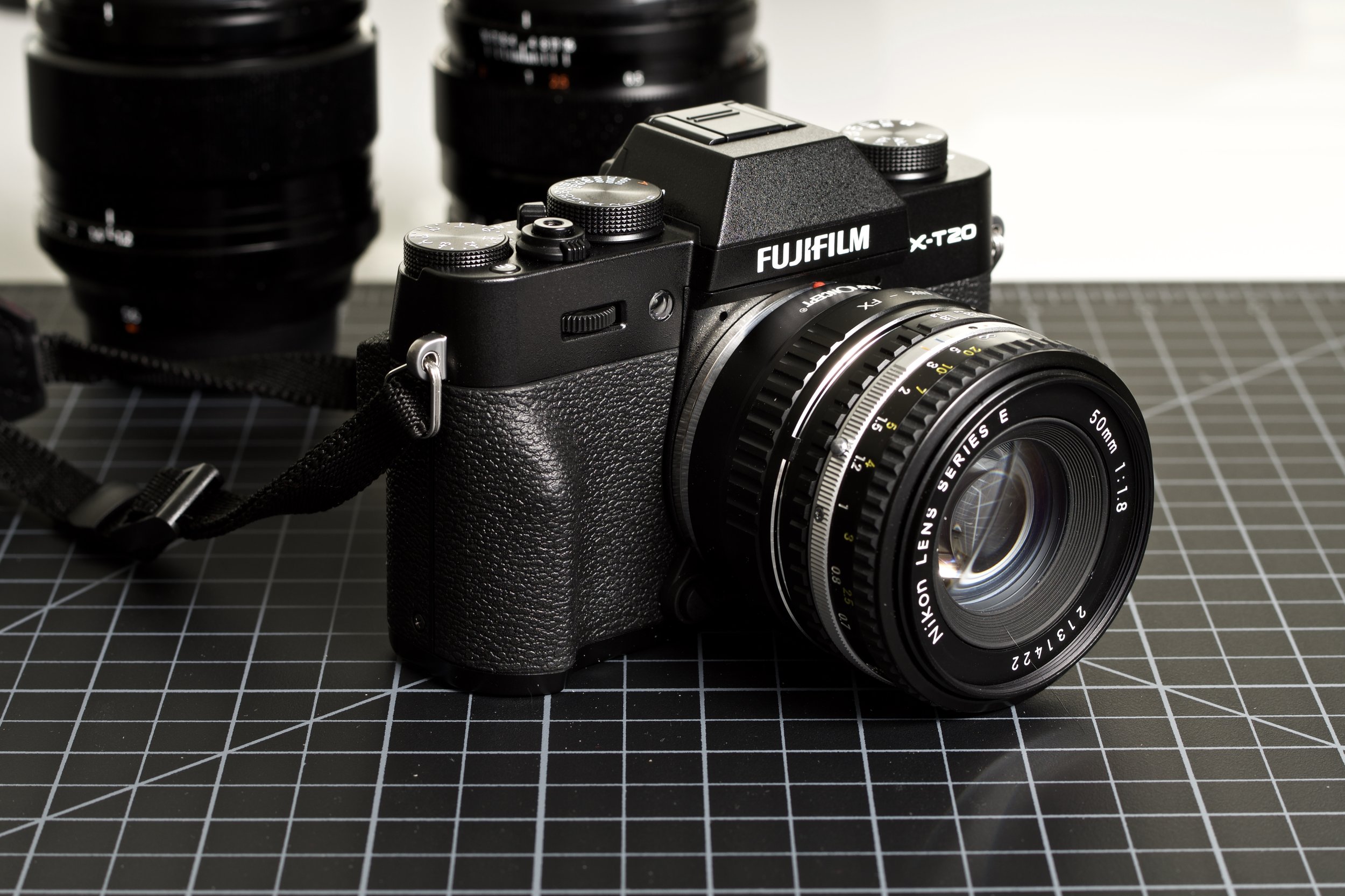I run several camera systems at the same time... crazy I know. Most systems are very similar and very capable. My Nikon system is really my high end professional gear—big, powerful, strong ecosystem. My Olympus gear (Micro Four Thirds) is small, great for travel, some wonderful lenses, and impressive innovation. Finally, I also have a FujiFilm X-T20 and a clue of lenses—Fuji is making some of the best camera and lenses around these days and also the only affordable medium format cameras on the planet.
I can get into more details about why these systems are all in my camera bag but one of the reasons I have my Fuji system is for using adapted lenses.
There is a common fallacy that “old lenses” are not functional for digital cameras. It is an unexpected and untrue statement but I assume it is for two reasons: camera companies want you to buy the newest gear and a lot of people believe that old is bad and new is better.
I can’t speak for the camera companies but they are in the business of selling equipment so it seems likely they wouldn’t dissuade someone from believing that their old film lenses from the 1960’s aren’t good. Fact is, normal and telephoto lens optics haven’t really change much. Mostly is is some technology like image stabilization and various lens coatings. Wide-angle lenses have come a long way—Nikon is probably the front running in this area but in past, wide-angle lenses weren’t so hot. Otherwise, lenses from decades ago frequently have some very wonderful and unique qualities that aren’t found in many lenses today because, you know, sharpness is everything according to so many photographers.
I’ve been fortunate to find and play with some absolutely incredible old lenses from long before I was even born but the problem is, these lenses have mounts that are all but extinct. Or, like my Nikon 50mm ƒ1.8 E-series, does use Nikon’s F-mount and still work on my Nikon cameras but it is also a great lens to mount on my Olympus or Fuji cameras—it is worth using on any camera.
